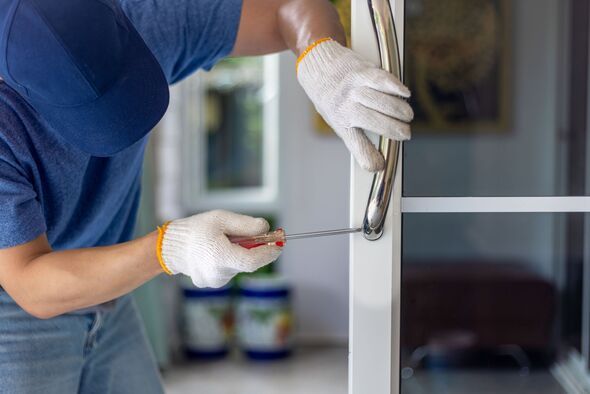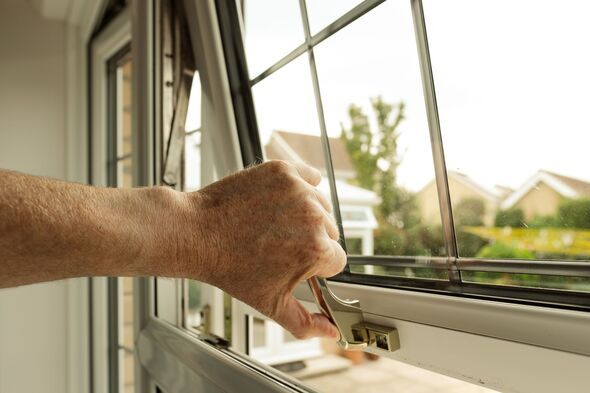

your home in winter feels like an impossible task, especially if your house is draughty.
According to experts, having draughts in your home could be costing you £40 a year on your
With temperatures dropping and heating costs on the rise, a heating expert has suggested a simple and free solution.
Heating expert Stephen Day from online boiler installation company, says you can stop warm air from escaping by making a simple adjustment to your windows and doors.
"Feeling a draught but not sure where it's coming from? The culprit might be your windows or doors needing a simple adjustment," he said.

The expert said that UPVC windows and doors have a little-known feature that can keep hot air inside your home.
He added: "Most UPVC windows and doors have hidden adjustment features in the frames that allow you to eliminate draughts. And the best part? You only need an Allen key."
Here's how to close off cold gaps and keep the warmth inside:
1. Check for adjustment featuresMany UPVC windows have a 'cam' - a small circular mechanism inside the frame that can pull the strike plate in, tightening the seal around the window and reducing the amount of cold air that can sneak in.
Stephen said: "If closing the window feels too stiff, turn the cam back slightly to allow a bit more room. You want to be able to open the window easily without too much resistance, but not so little resistance that it flies open."
2. Examine the hingesIf your window doesn't have an Allen key cam, it may require hinge adjustments instead, though you might be able to do both depending on the window model.
Just like adjusting the strike plate, adjusting the hinges can pull the window tighter to the frame, closing any gaps that allow cold air in.
"It's a bit more fiddly to adjust your window hinges, so make sure to consult your manufacturer's instructions before making any changes," the expert added.
 Test for draughts
Test for draughts
Once you've made your adjustments, run your hand around the edges of the frame to feel for any cold air. If you notice any leaks, revisit the adjustments until the seal feels snug.
"This small tweak can eliminate those cold gaps and keep your home warmer without increasing your heating costs, using a tool most households already have on hand," added Day.